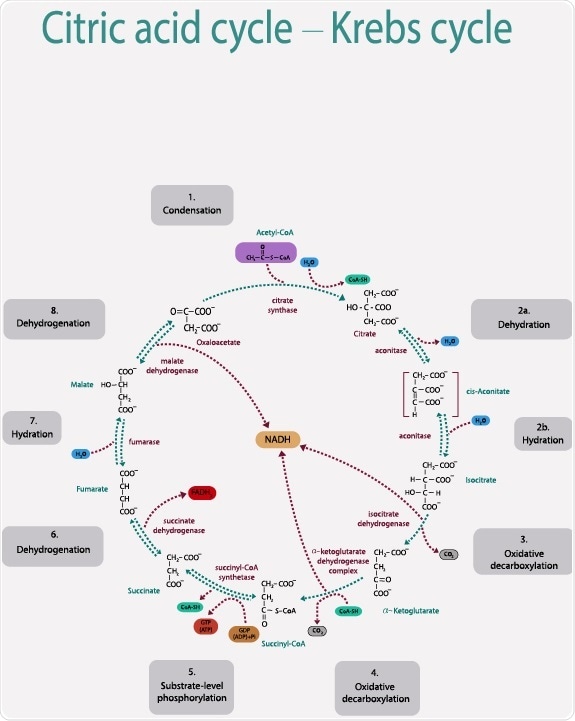
The inaugural neutral nitrogen molecule – aside from dinitrogen – has been isolated and characterized by scientists in Germany. This molecule, the most energetic ever created, maintains stability at liquid nitrogen temperatures, which may enhance its potential as an energy storage material.
Dinitrogen, initially recognized in the late 18th century, derives its remarkable stability from its triple bond. Consequently, while elements like carbon can be found in various allotropes, no other stable neutral pure nitrogen molecule had been identified previously, despite the presence of exotic polymorphs under extremely high pressures. The azide radical was discovered in 1956, and a tetranitrogen complex was detected in mass spectra in 2002, yet its structure has not been fully determined. Although dinitrogen is low in energy, other nitrogen-bearing compounds such as trinitrotoluene (TNT) and 1,3,5,7-tetranitro-1,3,5,7-tetrazocane, octogen (HMX) rank among the most potent non-nuclear explosives on the globe.
In the latest research, organic chemists Weiyu Qian, Artur Mardyukov, and Peter Schreiner at Justus Liebig University Giessen computed that a hexanitrogen molecule could have a relatively extended lifespan due to the absence of recognizable dinitrogen units. They synthesized the molecule by passing chlorine gas through solid silver azide while maintaining reduced pressure. Silver azide serves as an excellent reagent for synthesizing both halogen azides and polyazides. Consequently, chlorine reacted with silver azide to produce chloroazide, which further reacted with additional silver azide to yield silver chloride and hexanitrogen. The most vulnerable aspect of the structure – the “Achilles heel” – is the bond connecting the two azide units. “It’s more akin to two times N3 than three times N2,” Mardyukov clarifies. This enhances the molecule’s lifespan at room temperature to approximately 36 milliseconds – sufficient for it to be captured and cooled to liquid nitrogen temperatures, where researchers estimate its half-life exceeds 100 years.
Upon decomposition, hexanitrogen releases double the energy per unit mass compared to HMX – currently recognized as the most potent chemical explosive. Unlike certain explosives that may produce residual pollutants such as nitrates, the sole byproduct is dinitrogen. Schreiner asserts, “it would be the most advantageous rocket fuel on the planet.” “N6 wouldn’t ignite with a flame: it generates a sudden burst of energy that produces a substantial volume [of gas] – resulting in significant thrust, and it is non-corrosive,” he elucidates. “One of the major challenges [for rockets] today is corrosion associated with hydrazine and other fuels.”
The researchers are now aiming to synthesize even larger molecules following the principles they have developed. “We consider N10 to be achievable,” Schreiner states. “Determining whether it can actually be produced is a technical issue, but we intend to make a serious attempt.”
“I believe any time a researcher can confirm the existence of a previously unknown allotrope of one of the six biogenic elements, rewriting the textbook chapters on what we understand about nitrogen, that’s a significant achievement,” comments synthetic chemist Christopher Cummins from the Massachusetts Institute of Technology in the US. “In the realm of high energy density materials, one aspect always examined is the nitrogen content, and in this instance, it’s 100%… What does this indicate about the plethora of compounds awaiting discovery if we’ve merely scratched the surface of this chemical domain?”
Philipp Wagner from the University of Tübingen in Germany concurs. “I find it particularly remarkable that they were able to create this molecule at all,” he remarks. “Whether it will find any applications remains uncertain.”